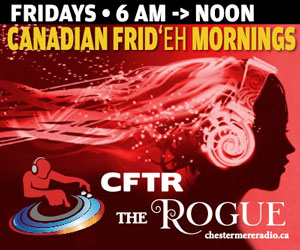Ten Thousand. It’s the magic number that those with step counters aim for everyday. Ten thousand steps, with reminders to get up and get moving from our Fitbits. The goal is good. Studies show that walking is so good for our health. When we walk our sleep improves, our mental health improves, we meet others along the way, move important muscles, and more. We all need to walk.

In an effort to get us walking we have found ways to make sure it is exciting. Music in our ears, step achievements we can post online for friends to cheer on, and massive long-term step goals have kept up our interest. But what if walking was not always intended to pump up our enthusiasm? What if the gift of walking is about finding something more, or perhaps, something less.
Years ago, Japanese theologian Kosuke Koyama wrote, “Three Mile an Hour God.” In his book he observed that people walk about three miles an hour and Jesus walked the dusty roads at about that speed. What if, he posits, God also moves at this pace? What if God is slower? What if God was not excited by our speed and efficiency or special accomplishments in life, but by joining God at God’s pace in the world?
This book also inspired a film, Godspeed, that explores how living in our communities at this slower, God-speed, might change the way we relate to our community. Walking, while helpful in getting from one place to another and tending to our health, is perhaps even better at helping us see, and love, those around us. Walking helps us see our place in the world.
When Kelly and I walk the girls and our dog through the neighbourhood, you will mostly hear us passing by like a small noisy circus troupe. Someone will be recovering from flipping off their bike, another will be caught up in the dog leash and picking up after her, while Kelly and I are trying to carry on some kind of adult conversation ourselves. But for all the craziness, we do find that that walking turns our hearts to a slower, and more loving pace. We give time to each other as a family, we see our neighbours, we are reminded to reach out to this family, or return a borrowed book to that person. We talk and engage simply with our place. All of this happens as we walk at this slow and intentional pace.
Simon Carey Holt writes, “For me, it’s walking in my neighborhood that comes closest to a spiritual practice. It’s something I choose to do at night once dinner is sorted and other commitments have been met. It’s a routine that brings my day to a quiet end, like a plodding benediction. It’s a kind of walking that has no sense of destination and no purpose other than the walking itself; yet there is a sense of place and belonging that comes with it. As a spiritual act, neighborhood walking is many things: it’s a routine act of intention; it’s a choice to be present; it’s an acknowledgement of community and place; and it’s a daily stride of contemplation. In all of this, walking is a prime candidate for a spiritual discipline.”
When we walk slowly and carefully through our neighbourhood we open the possibility of being surprised by something or someone we have never encountered before. Right now, in an age of isolation and distance, we can walk. We can’t do much, but we can walk. After a long winter inside, we are given a gift of warmer weather outside where we can walk and be reminded that these challenging times do not hold us down entirely. There is hope and joy in the journey.







